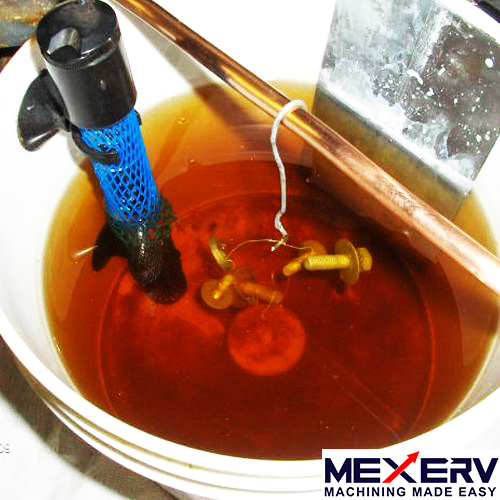Zinc Coating

Zinc plating is a process used to protect surfaces of metals from the effects of corrosion. Zinc plating involves the electrodeposition of a thin coating of zinc metal onto the surface of another metal object, known as a substrate. The zinc coating creates a physical barrier that prevents rust from reaching the underlying metal surface. Zinc is chosen because of its inherent ability to fight corrosion.
Benefits of Zinc Plating
- Cost effective
- Increased Strength
- Flexibility
- High temperature tolerance
- Environmentally friendly
- Aesthetic appeal
Zinc Coating FAQ
What is zinc coating?
Zinc plating is the process of covering substrate metals (like steel and iron, etc.) with a layer or coating of zinc to protect the substrate from corrosions.
What is zinc coating good for?
Because of the sacrificial nature of the zinc, the coating provides corrosion protection for areas of exposed steel surfaces, such as cutting edges and areas where coating has damaged (scratches, impacts, etc.).
How long does zinc coating last?
The zinc coating of hot-dipped galvanized steel will last in the harshest soil is 35 to 50 years and in less corrosive soil 75 years or more. Although humidity affects corrosion, temperature itself has less of an impact.
Is zinc coating toxic?
Zinc fumes are set free when galvanised steel is heated. These fumes are very toxic to breathe. Deposits of zinc from the fumes accumulate in the food. Utensils like ladles and galvanized-surfaced pails should not be used for food cooking.
